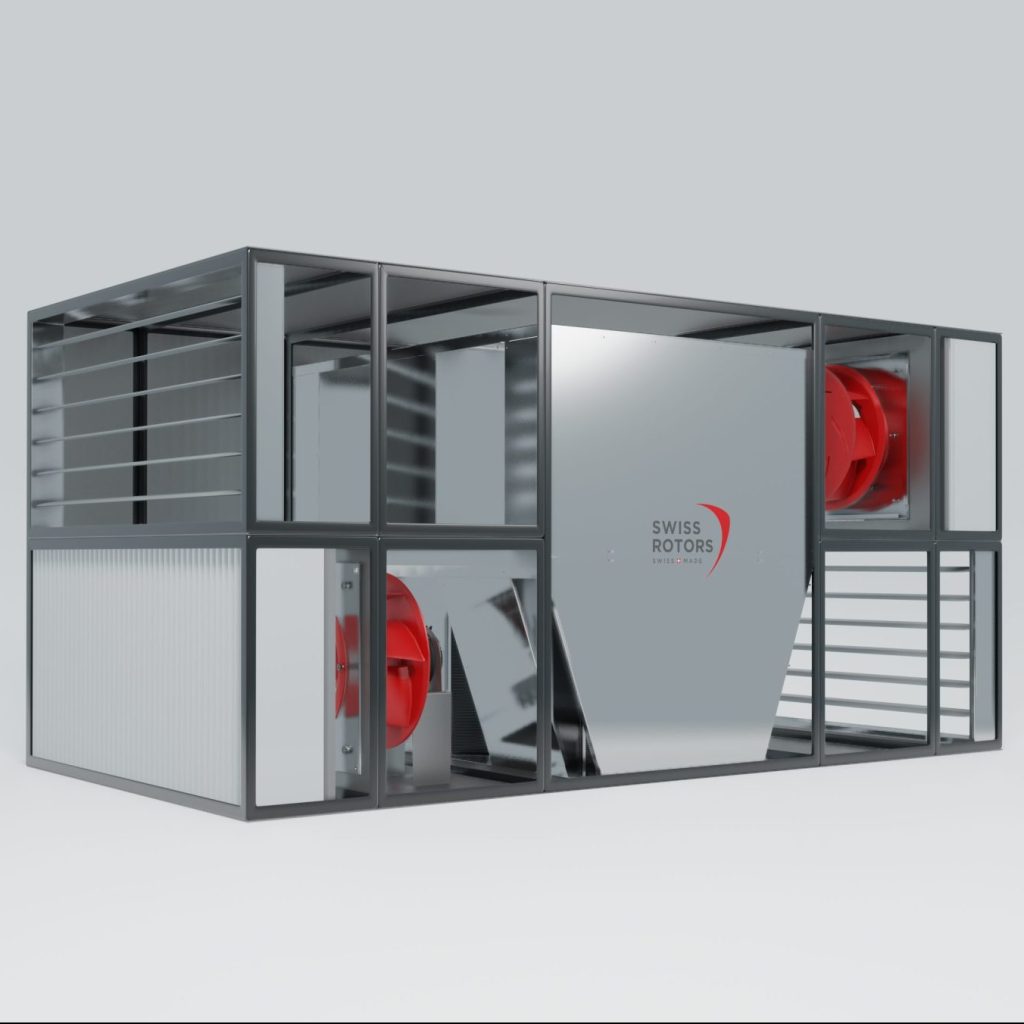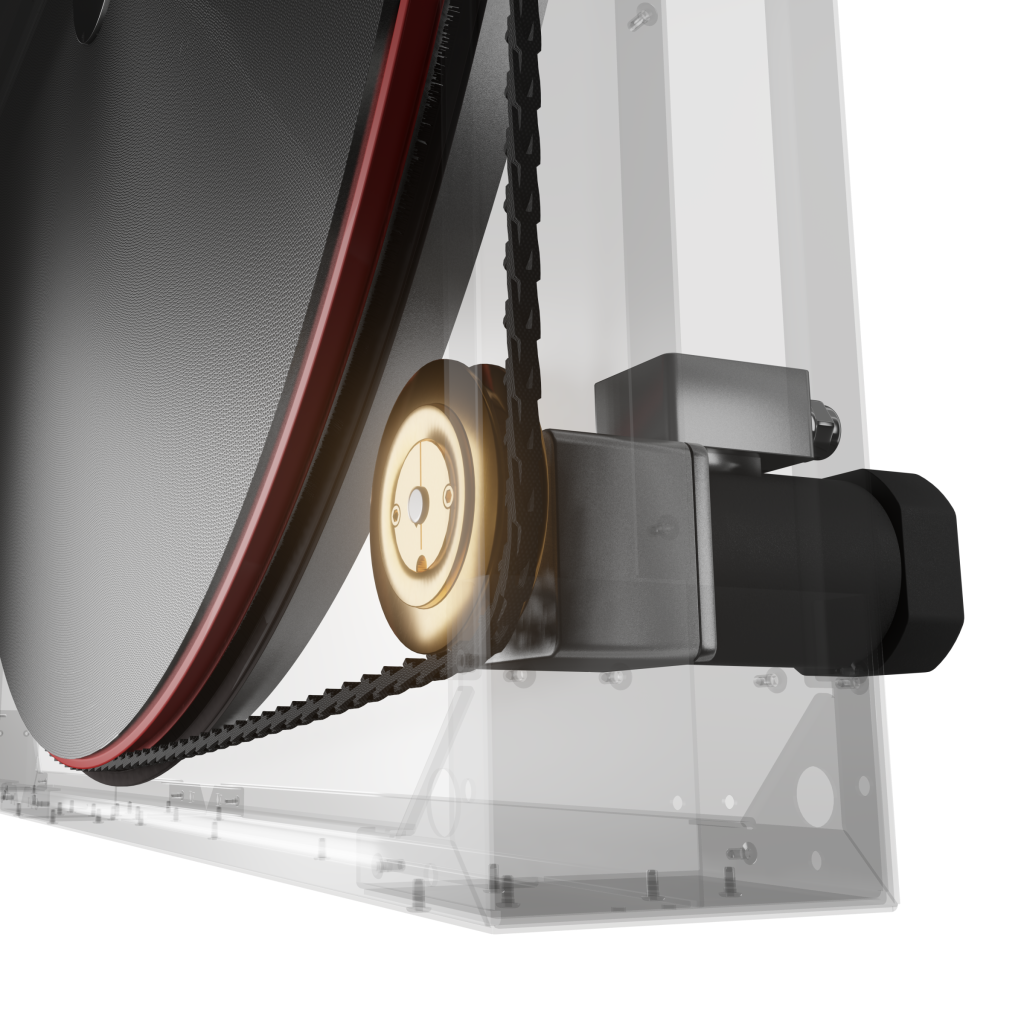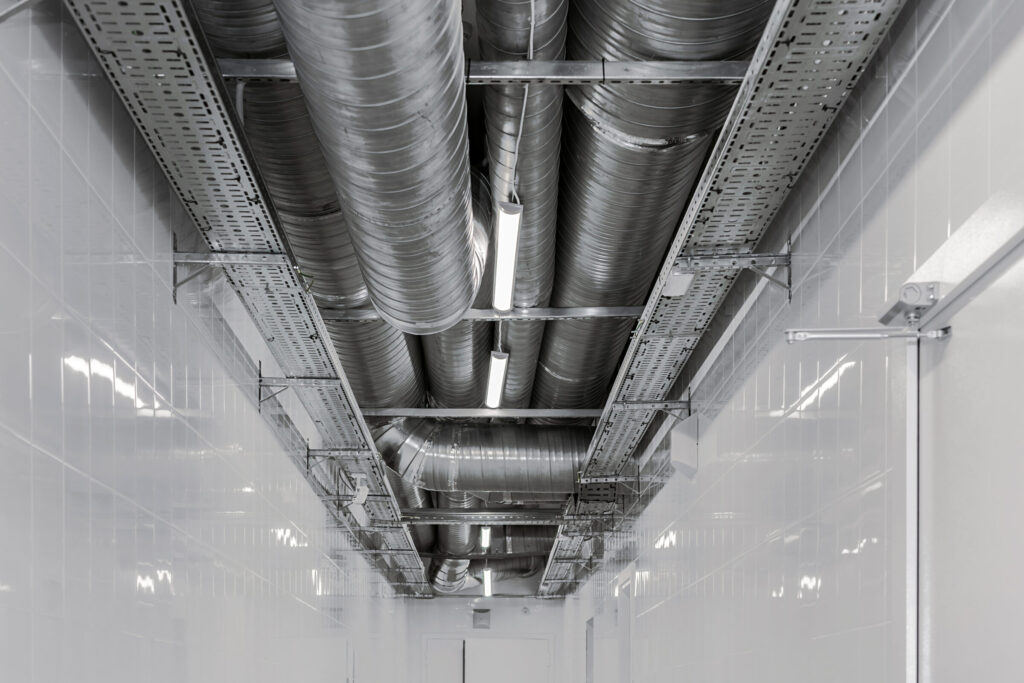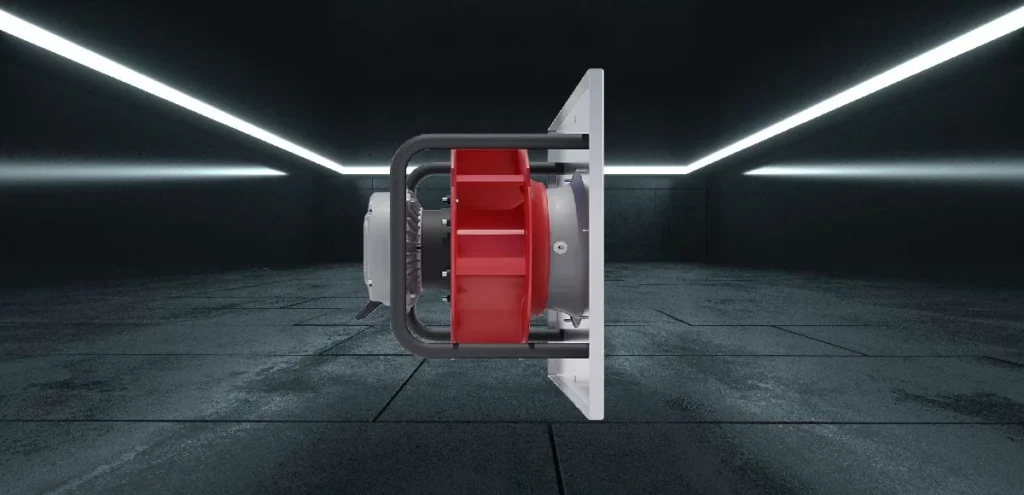All About Heat Recovery & Air Movement
Search by category:
- Observing the HVAC market, in our case – in the field of air-to-air heat recovery, we encounter a number of solutions, each of which is promoted as the “most effective” or “most efficient” or even simply “the best…”. Browsing hundreds of products, we ask ourselves whether there is a common system for assessing the performance of various heat recovery systems? In other words – is there a common denominator, a reference point to make them comparable.
- Observing the HVAC market, in our case – in the field of air-to-air heat recovery, we encounter a number of solutions, each of which is promoted as the “most effective” or “most efficient” or even simply “the best…”. Browsing hundreds of products, we ask ourselves whether there is a common system for assessing the performance of various heat recovery systems? In other words – is there a common denominator, a reference point to make them comparable.
- Observing the HVAC market, in our case – in the field of air-to-air heat recovery, we encounter a number of solutions, each of which is promoted as the “most effective” or “most efficient” or even simply “the best…”. Browsing hundreds of products, we ask ourselves whether there is a common system for assessing the performance of various heat recovery systems? In other words – is there a common denominator, a reference point to make them comparable.
- Over the past 15 years, significant changes have been made to the design of fans used in the HVAC industry, in particular in air handling units. The solutions have undergone such changes that many people, seeing at the same time a fan used in an air handling unit until recently and an analogous construction that is a hit of current technology, would not think that both of these devices are basically the same application.
- Whenever we plan to use any technical product in our environment, we make the decision to purchase it based on the assessment of its features, which can usually be divided into two groups. The first are those that are easy to describe by parameters such as shape, size, weight, colour, etc. In other words, these are purely “physical” parameters. The second type of parameter is those that focus on functional features. As a rule, they are described as a series of technical parameters expressed in appropriate units, which describe how our product will function under certain UNCHANGEABLE working conditions. We often refer to these particular parameters as a common and very apt term – “performance”.
- Choosing the right fan is probably one of the most crucial moments in designing or configuring a ventilation device, regardless of its type or purpose. In the case of an air handling unit, the correct selection of this critical component will have a decisive impact on the overall efficiency of the ventilation system, the costs associated with its operation, the level of generated noise, and the probability of failure of the fan itself or another element of the air handling unit itself.








